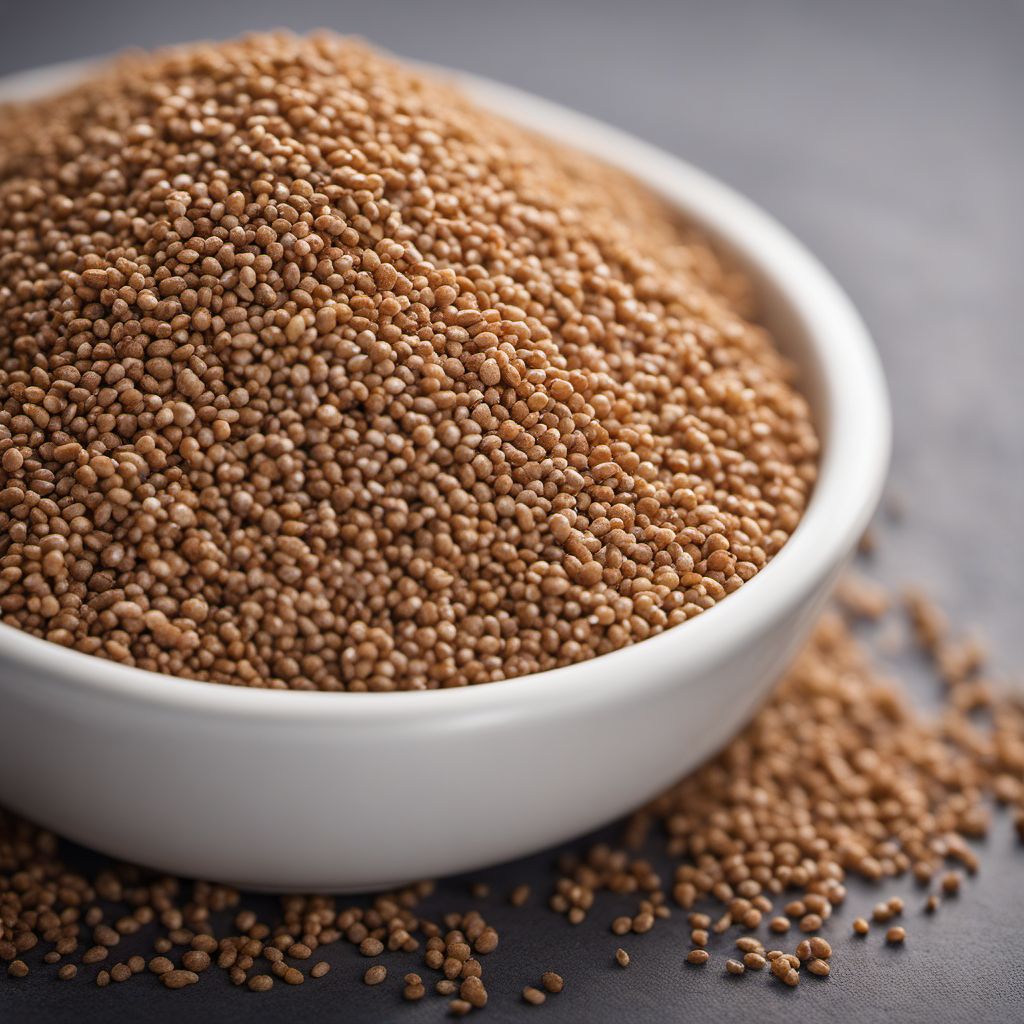
Ingredient
Teff grain
Teff: The Ancient Superfood
Teff grain is a small, gluten-free grain that comes in various colors, including ivory, brown, and red. It has a nutty and earthy flavor with a slightly sweet undertone. The grain is naturally rich in fiber, protein, iron, and calcium, making it a nutritious addition to any diet. It can be cooked as a whole grain, ground into flour, or used as a natural thickener in recipes.
Origins and history
Teff grain has its origins in Ethiopia, where it has been cultivated for over 3,000 years. It is a vital part of Ethiopian cuisine and is used to make the traditional flatbread called injera. Teff grain is also grown in other parts of Africa and has gained popularity worldwide due to its nutritional benefits.
Nutritional information
Teff grain is a nutritional powerhouse, packed with fiber, protein, iron, calcium, and other essential vitamins and minerals. It is also gluten-free, making it suitable for individuals with gluten sensitivities or celiac disease.
Allergens
There are no known allergens associated with teff grain.
How to select
When selecting teff grain, look for whole grains that are clean, dry, and free from any signs of moisture or pests. Opt for organic or sustainably sourced teff grain whenever possible to ensure the highest quality and purity.
Storage recommendations
To maintain the freshness and quality of teff grain, store it in an airtight container in a cool, dry place. Avoid exposure to moisture or humidity, as it can cause the grain to spoil or lose its texture. Cooked teff grain can be stored in the refrigerator for up to 3-4 days.
How to produce
Teff grain can be grown in regions with a warm climate and well-drained soil. It requires minimal water and can be cultivated using sustainable farming practices. However, it is primarily grown in Ethiopia and other African countries.
Preparation tips
To cook teff grain, rinse it thoroughly and combine it with water or broth in a saucepan. Bring to a boil, then reduce the heat and simmer for 15-20 minutes or until the grains are tender. Use cooked teff grain as a base for salads, porridge, or as a side dish. Teff flour can be used in baking recipes, such as bread, pancakes, or cookies.
Substitutions
Quinoa can be used as a substitute for teff grain, as it has a similar nutty flavor and can be cooked in a similar manner. However, quinoa has a slightly different texture compared to teff grain.
Culinary uses
Teff grain is commonly used in Ethiopian cuisine to make injera, a sourdough flatbread. It can also be used as a nutritious addition to porridges, salads, stews, and baked goods. Its versatility allows it to be incorporated into various dishes and cuisines.
Availability
Teff grain is primarily cultivated in Ethiopia and other African countries. It is also available in specialty stores and online retailers worldwide.
More ingredients from this category
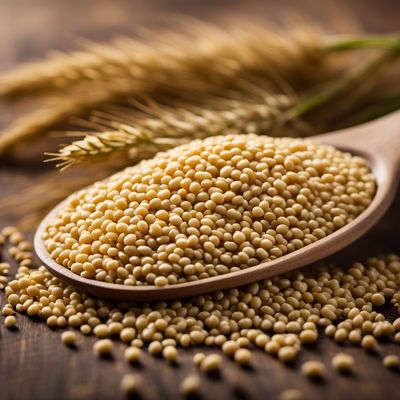
Foxtail millet grain
The Ancient Superfood: Foxtail Millet Grain
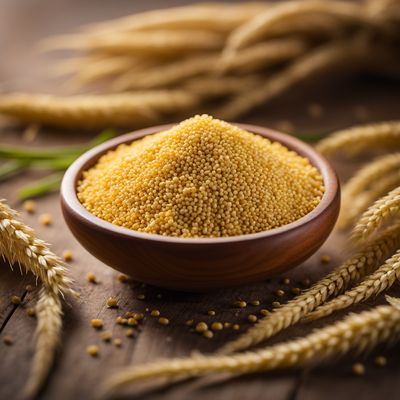
Common millet grain
The Mighty Millet: A Nutritious Ancient Grain
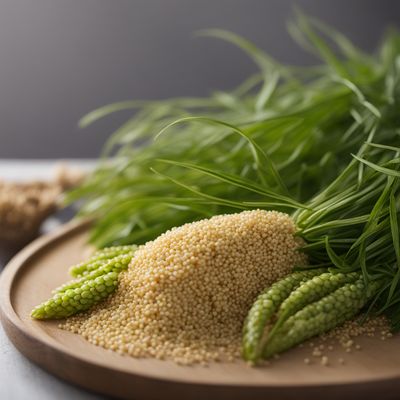
Barnyard millet
The Tiny Grain with Big Benefits: Exploring the Wonders of Barnyard Millet
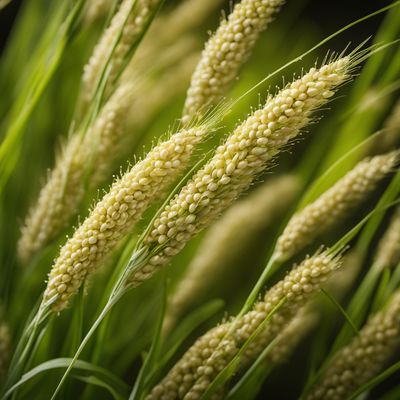
Little millet grain
The Mighty Mini Grain

White fonio grain
The Ancient Superfood: Unlocking the Power of White Fonio Grain
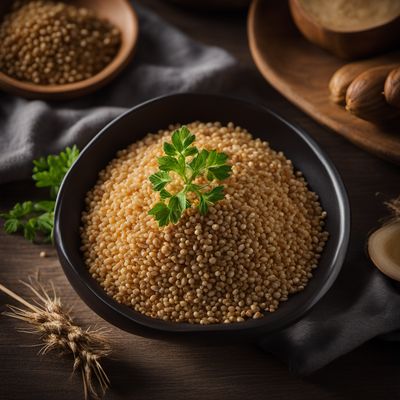
Black fonio grain
The Tiny Nutritional Powerhouse

Canary grass grain
The Nutritional Powerhouse: Canary Grass Grain

Finger millet grain
The Nutritional Powerhouse: Finger Millet Grain
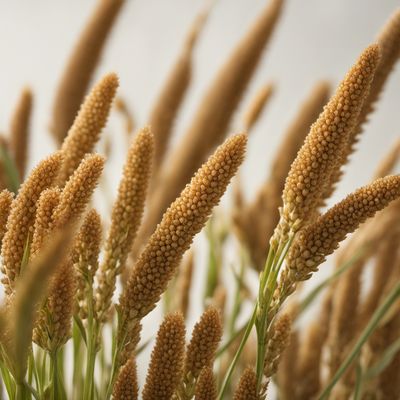
Pearl millet grain
The Nutrient-Rich Ancient Grain: Pearl Millet Unveiled

Job's tears grain
The Ancient Grain of Health
Recipes using Teff grain
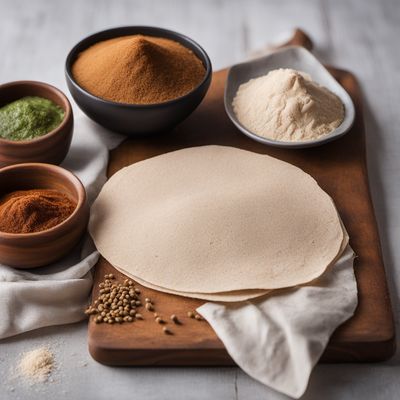
Homemade Injera: Authentic Ethiopian Flatbread
Spongy Delight: Mastering the Art of Ethiopian Injera

Eritrean-style Verwurelter
Spiced and Savory Eritrean Verwurelter: A Fusion of Flavors

Ethiopian Bayenetu Feast
A Taste of Ethiopia: Bayenetu - A Platter of Flavors and Traditions

Cheesy Delight Sandwich
Ultimate Cheese Dream: A Meltingly Delicious Sandwich